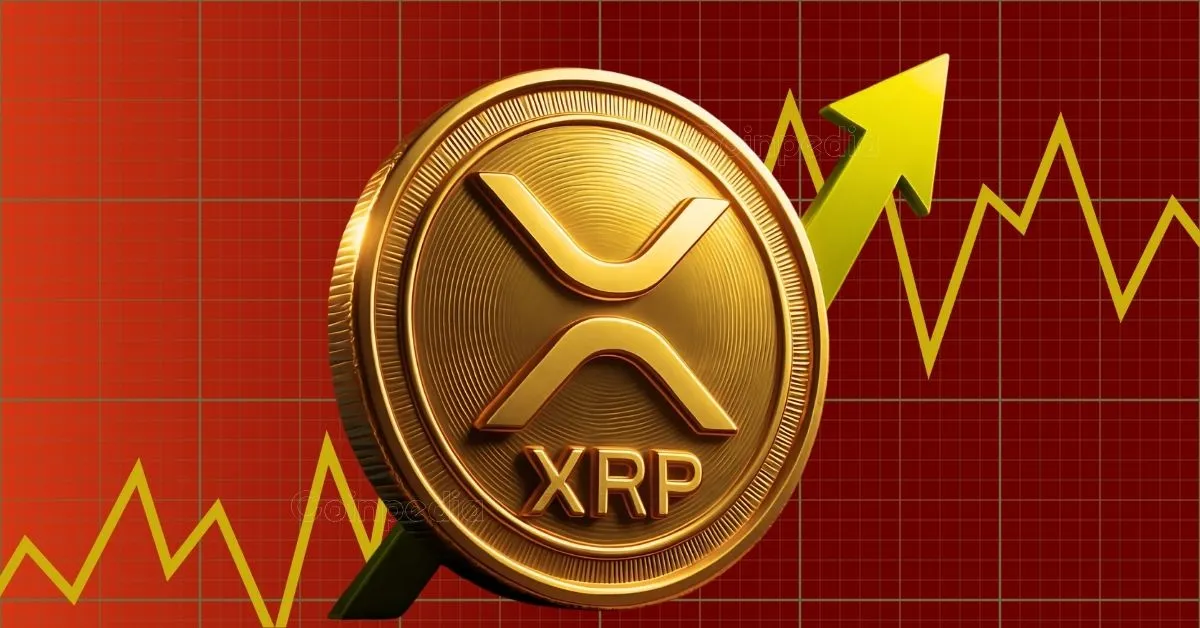The integration of the Ethereum Virtual Machine (EVM) sidechain on the XRP Ledger (XRPL) marks a pivotal advancement in blockchain technology, merging the strengths of two leading ecosystems. This development not only enhances the utility of XRP but also opens new avenues for decentralized finance (DeFi) and cross-chain interoperability. By enabling Ethereum compatibility, the XRPL is poised to attract developers and users seeking faster, more cost-effective solutions while maintaining the security and efficiency of Ripple’s underlying infrastructure.
Bridging XRP Ledger and Ethereum: The EVM Sidechain Revolution
The XRP Ledger has long been recognized for its speed, low transaction costs, and energy efficiency, making it a preferred choice for cross-border payments and remittances. However, its lack of support for Turing-complete smart contracts limited its potential in the DeFi space, where Ethereum has dominated. The introduction of the EVM sidechain addresses this limitation by allowing developers to deploy Solidity-based smart contracts on the XRPL. This compatibility is a game-changer, as it enables the seamless integration of Ethereum’s mature dApps, tools, and wallets into Ripple’s ecosystem.
Technically, the EVM sidechain operates as a parallel chain that supports Ethereum’s functionalities while maintaining a robust bridge to the XRPL mainnet. This design ensures that wrapped XRP (wXRP) can be used as the native asset for gas fees and cross-chain liquidity, facilitating smooth value transfer between the Ethereum and XRP ecosystems. The sidechain’s ability to leverage XRPL’s scalability and cost-efficiency provides a compelling alternative to Ethereum’s often congested and expensive network.
Market Response: Price Targets and Trading Volume Surge
The market has responded positively to the EVM sidechain launch, with XRP’s price targets adjusting upward in anticipation of enhanced utility and interoperability. Analysts have revised their price predictions, setting targets between $2.70 and $3.50. This optimism is driven by several factors:
– Increased Trading Volume: Following the launch, XRP’s daily trading volume surged, reaching a 30-day peak of over $2.4 billion. This spike indicates renewed investor interest and confidence in the project’s potential.
– Bullish Sentiment: XRP’s market narrative has shifted positively, supported by technical trends and fundamental upgrades. While some profit-taking occurred after initial gains, the overall sentiment remains bullish, with expectations of a rally fueled by new utility and ecosystem expansion.
– Entry into the DeFi Space: With the ability to support complex smart contracts, the XRPL is now positioned to capture inflows from Ethereum’s vast DeFi user base. This interoperability attracts developers who have been limited by Ethereum’s scalability challenges, offering them a faster and more affordable platform.
Unlocking New Use Cases and Developer Opportunities
The EVM sidechain elevates XRP from a payment-focused cryptocurrency to a robust decentralized platform, unlocking numerous opportunities for developers and enterprises. Key benefits include:
– Fast and Affordable dApps: Developers can now build decentralized applications that leverage XRP Ledger’s speed, with transactions settling in seconds at a fraction of Ethereum’s gas costs. This is particularly advantageous for applications requiring high throughput and low latency, such as gaming, supply chain management, and micropayment solutions.
– Cross-Chain DeFi: Protocols like Axelar, which connect over 55 blockchains, enable the XRPL EVM sidechain to support interoperable DeFi applications. This cross-chain compatibility allows developers to build composable financial services that interact seamlessly across multiple networks, breaking down siloed blockchain ecosystems.
– Bridges and Wallets: The EVM sidechain acts as an integration point, enabling bridges and wallets to support XRP natively while facilitating Ethereum contract interactions. This increases liquidity access and user engagement without compromising network performance.
– Digital Commercial Paper and Institutional Use: Ripple’s roadmap includes initiatives like Digital Commercial Paper (DCP) issuance on XRPL, which can benefit from the sidechain’s extended programmable capabilities. This attracts institutional clients and expands enterprise blockchain applications.
Challenges and Future Outlook
While the EVM sidechain launch is a significant milestone, challenges remain for widespread adoption and ecosystem growth. Key hurdles include:
– DeFi Ecosystem Development: Despite technical readiness, XRP’s DeFi ecosystem is still in its early stages compared to Ethereum’s. Attracting developers and users will require sustained ecosystem incentives and robust developer tools.
– User and Developer Education: Transitioning to EVM compatibility demands that existing Ethereum developers acclimate to XRPL’s nuances. Effective documentation, SDKs, and community support will be critical for smooth adoption.
– Sustained Market Momentum: Cryptocurrency markets are volatile, and maintaining price appreciation depends on consistent ecosystem growth, partnerships, and successful dApp deployments.
Conclusion: A New Chapter for XRP and the Blockchain Landscape
The launch of the XRP Ledger’s EVM sidechain represents a transformative moment that bridges two influential blockchain ecosystems: Ethereum and Ripple. By combining XRPL’s operational advantages with Ethereum’s extensive smart contract capabilities, this development breaks longstanding barriers in blockchain interoperability. This positions XRP as a formidable contender in the DeFi space and catalyzes a broader movement toward multichain collaboration.
As Ethereum dApps migrate and new projects emerge on XRP’s fast and low-cost platform, the ecosystem’s value proposition strengthens, reflected in bullish price targets reaching as high as $3.50. The road ahead will demand continued innovation, ecosystem nurturing, and community engagement. If Ripple sustains its momentum, XRP could realize its potential as a widely adopted, interoperable blockchain asset underpinning the next generation of decentralized applications and cross-chain finance.











